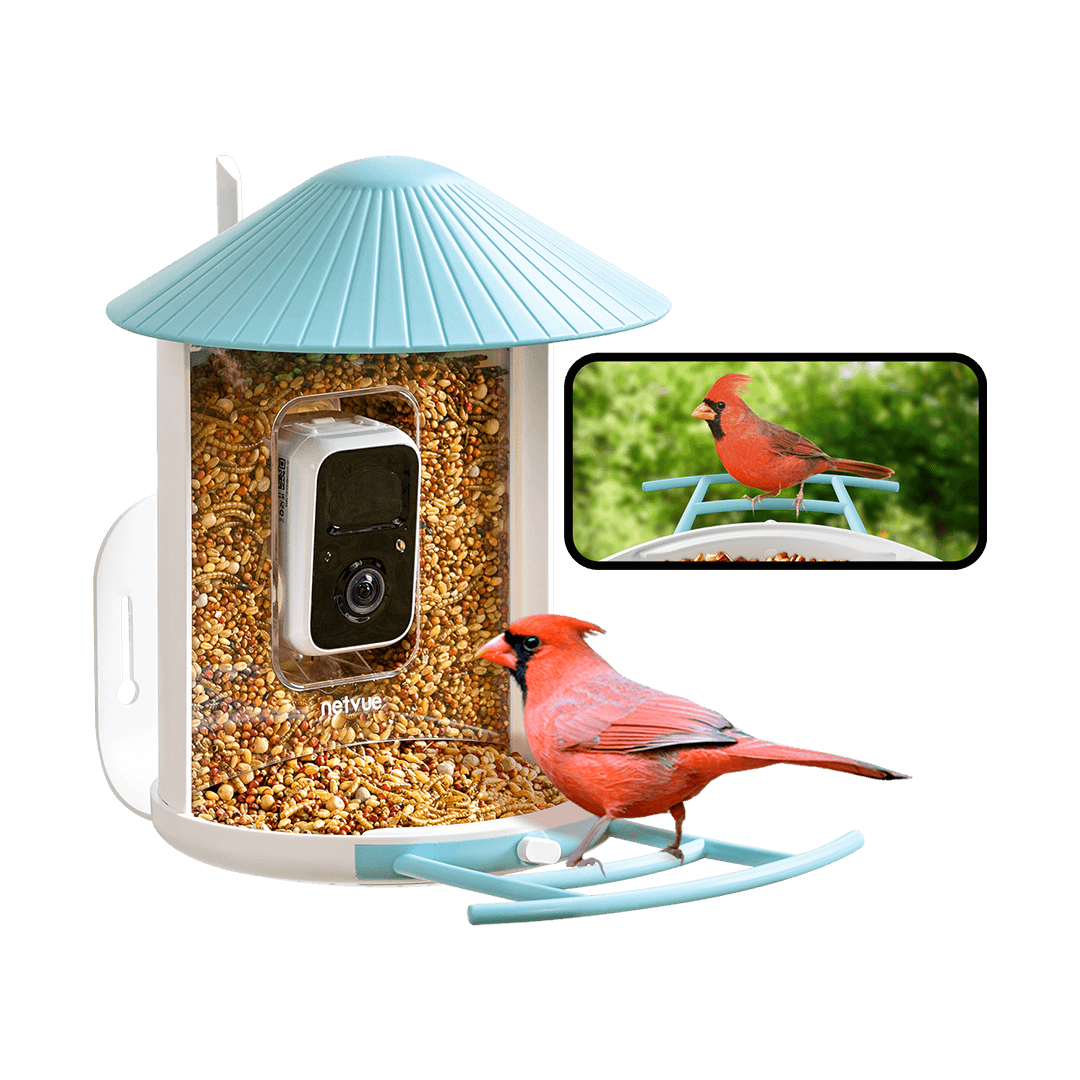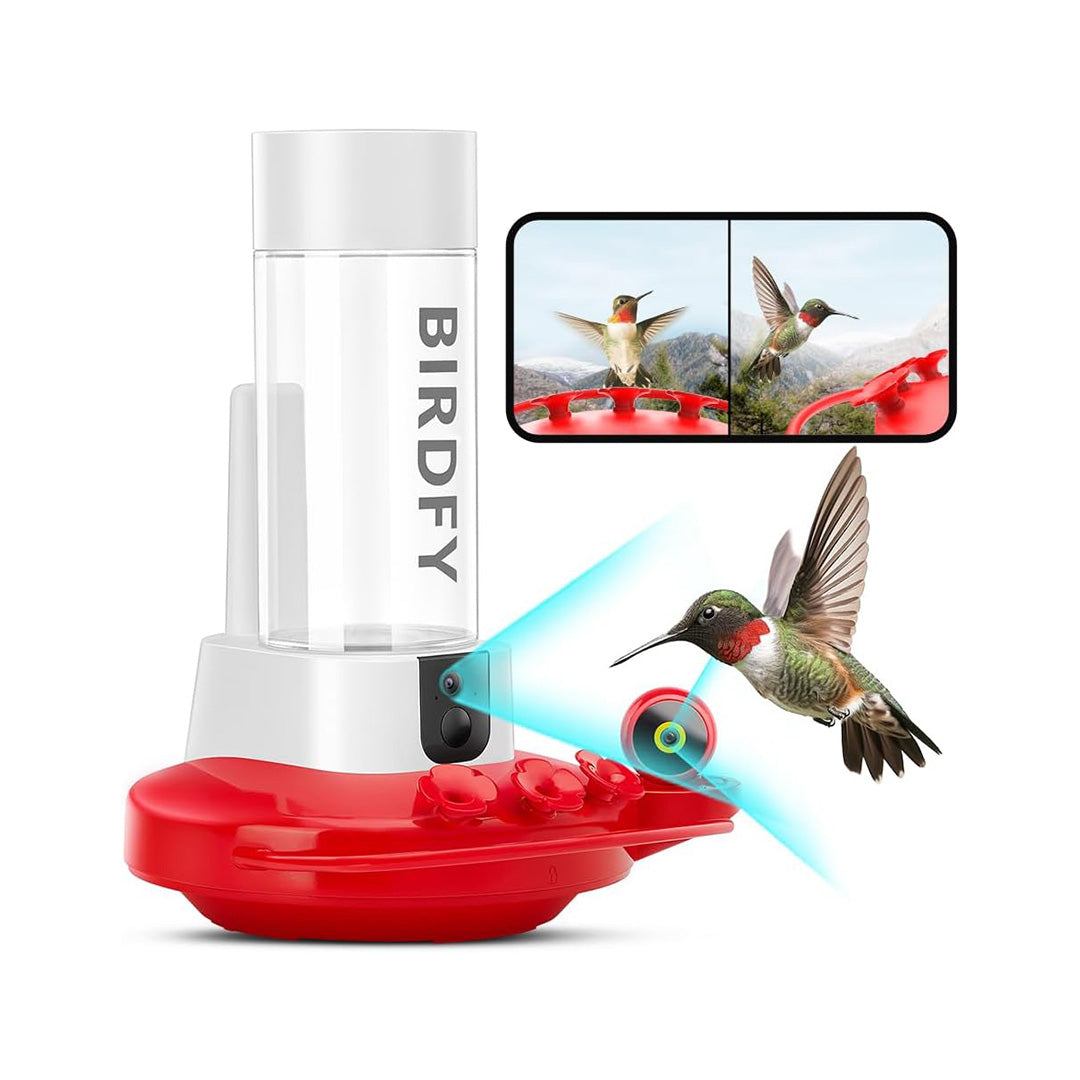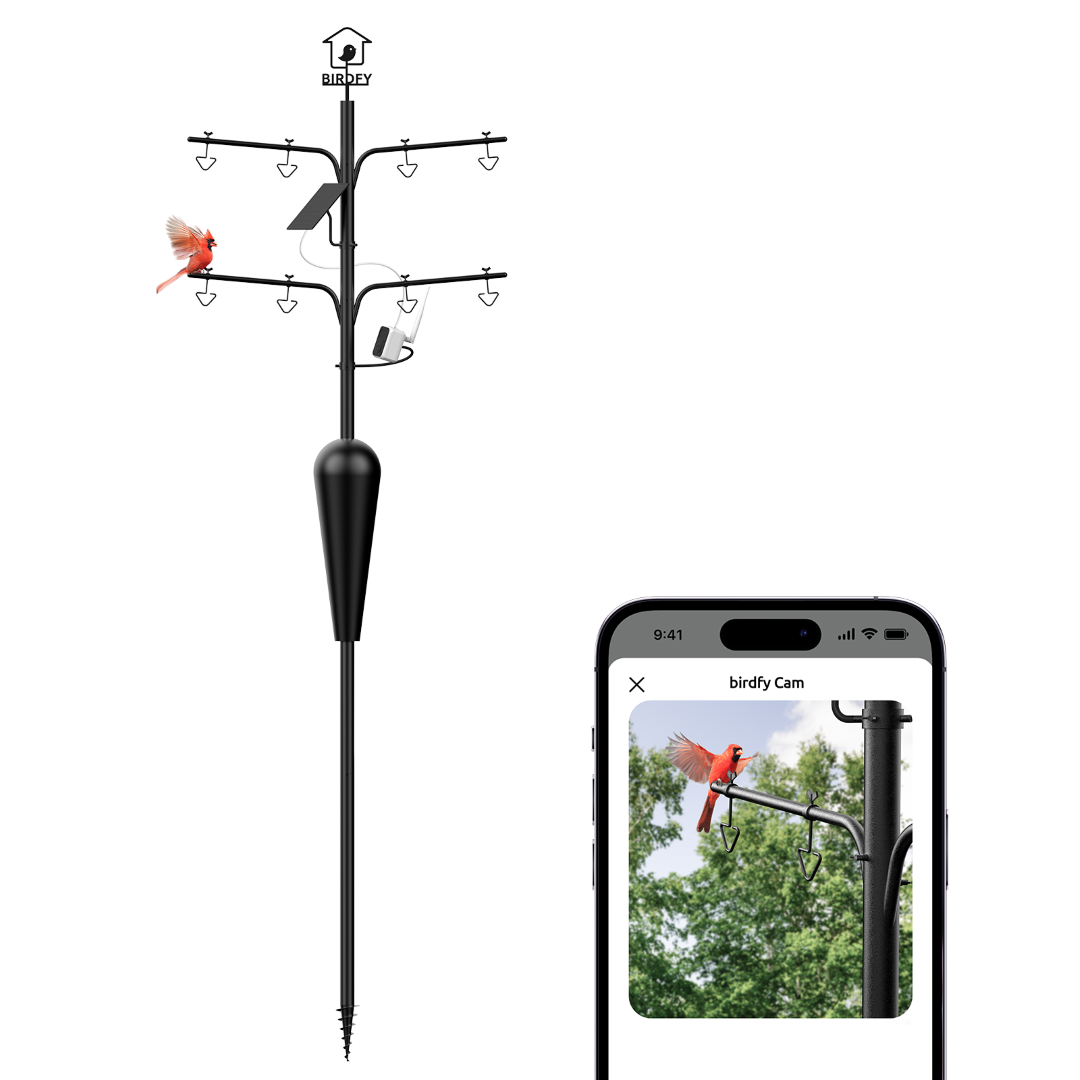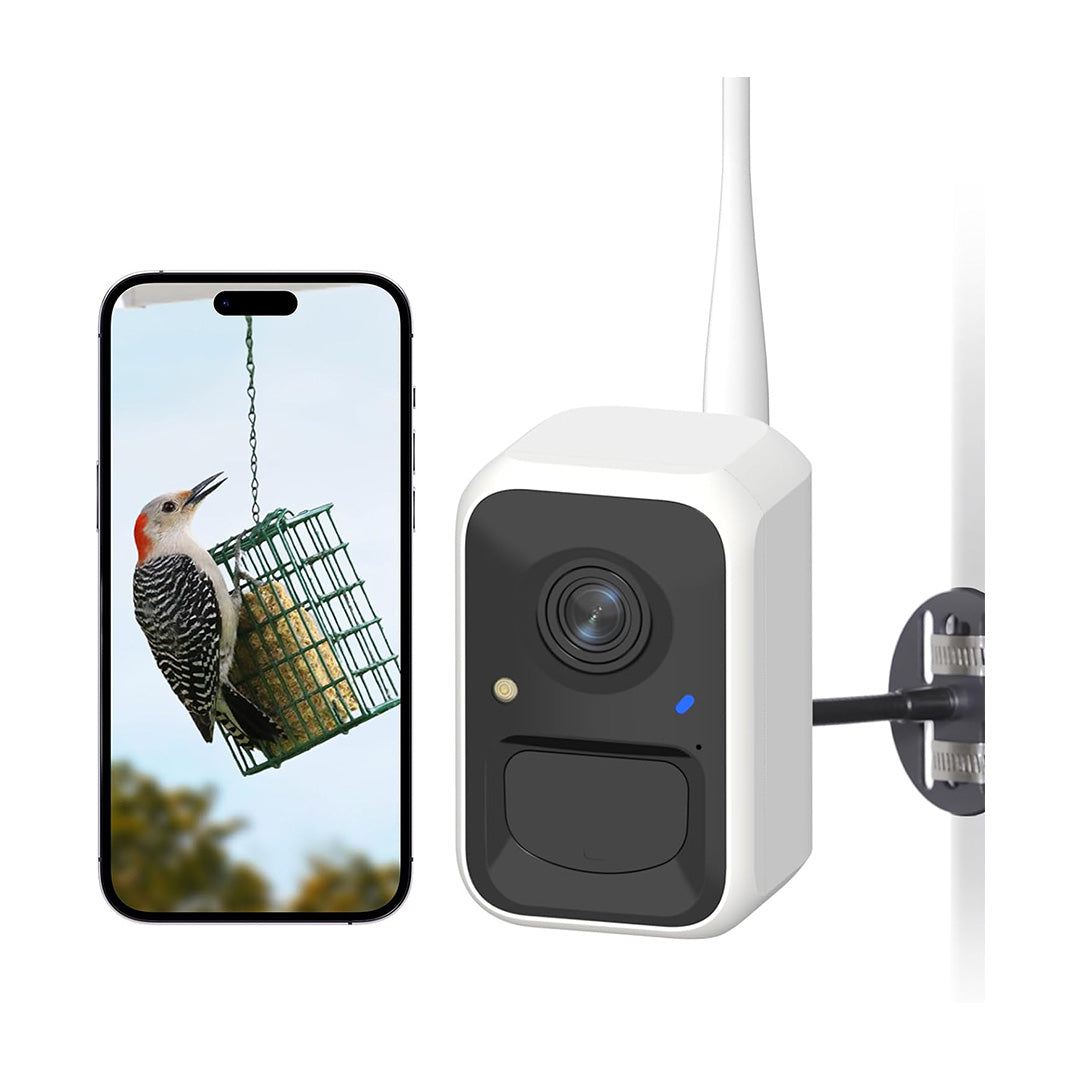The National Audubon Society: Bird Conservation and the Complex Legacy of Audubon
With a history spanning 118 years (as of 2023), the National Audubon Society (NAS) stands as a well-established not-for-profit organization devoted to bird conservation. While many associate the Audubon Society with the renowned bird artist and conservationist John James Audubon, it might surprise you to learn that Audubon had no knowledge of the National Audubon Society, as it was founded 50 years after his passing.
Moreover, Audubon's ornithological pursuits involved a practice seemingly contrary to the organization's mission—collecting and preserving bird specimens for his intricate illustrations.
Feeling curious? Dive into our journey in this article to discover more about Audubon and the National Audubon Society, all in this short read!



Founding of NAS, Naming, and Its Early Years
NAS traces its roots to the Massachusetts Audubon Society, established in 1896 with the aim of discouraging the use of bird feathers in women's hats. NAS itself was incorporated in New York in 1905 as "The National Association of Audubon Societies" before adopting its current name in 1940. The name "Audubon" was chosen in honor of John James Audubon's significant contributions to ornithology, guided by George Bird Grinnell, one of NAS's founders who was once tutored by Lucy Audubon, John James Audubon's widow.

NAS's core objectives have always been the protection of birds and their habitats. Since its early years, the society has played a pivotal role in advocating for bird conservation through legislative actions, such as the Audubon Plumage Law (1910), the Migratory Bird Treaty Act (1918), the Endangered Species Act (1973), and the Alaska National Interest Lands Conservation Act (1980), among others.

NAS's influence is not limited to legal efforts; it also established the first National Wildlife Refuge in 1903, opened sanctuaries (1923-24), and introduced Roger Tory Peterson's influential field guide. NAS has continuously endeavored to educate children about birds, support endangered tree species, and document the population status of various bird species.

Though NAS has now developed into the most acclaimed bird conservation organization, it wasn't all positive - with some serious controversy over a name change. Why?
Challenges and Controversies: John James Audubon the Naturalist
The controversy surrounding Audubon is what drives NAS to the trouble of its namesake. Apart from the commonly discussed discrimination issue of this great naturalist and bird conservationist, there's actually some problematic history of Audubon that is against our idea of protecting birds.


Audubon was widely appreciated and famed as an illustrator and naturalist because of his amazing work, "Birds of America," which was first published in 1827 as a series and contained 435 exquisitely painted art pieces in REAL SIZE and detailed over 700 bird species. He was no doubt a great man who put immense endeavor into conservation, known to wake up early in the morning and work all day long for his research on birds in the wild.


However, do you know that he was also widely known as a bird hunter and an avian anatomist? To obtain the sophisticated details of bird paintings, Audubon shot every bird he painted, dissected them, observed, and studied them attentively, trying to record their lively faces and bodies. Isn't this creepy and unimaginably horrifying? In addition to that, there were also some controversies around Audubon that accused him of plagiarism and of fabricating bird species, which is still under discussion now.
Noteworthy here is that the hunting phenomenon was a common choice of avian specialists at that time, and Audubon actually took no pleasure in this.
NAS's Current Development and Response to the Namesake Challenge
Up till 2023, NAS's longstanding commitment to bird conservation, advocacy, education, and research has been recognized nationwide. As a leader in the field of ornithology and environmental conservation, NAS now has 23 state programs, 41 local centers, and 450+ local chapters. Notably, NAS helped put the Inflation Reduction Act into law (2022), securing substantial funding invested for climate change initiatives that benefit both people and birds. However, the society faces a challenge regarding its namesake, and several chapters have opted to remove Audubon from their names.


NAS itself, on the other hand, announced the unfavorable decision to retain the name while committing to expand Equity, Diversity, Inclusion, and Belonging (EDIB) initiatives over the next five years. It emphasizes the importance of acknowledging Audubon's problematic legacy and addressing historical inequalities in conservation activities. Dr. Elizabeth Gray, CEO of NAS, affirmed that the organization remains committed to these principles, irrespective of its name.
Birdfy's Work on Bird Conservation
Regardless of the naming controversy, NAS has set an inspiring example of engaging and educating the public in bird conservation, much like Birdfy's mission. Find out more about how we care for the environment through our commitment and mission, here.


Birdfy, through products like the Birdfy Smart Feeder and Feeder Bamboo, offers innovative solutions for bird enthusiasts to observe and feed birds while promoting a deeper connection with nature. Birdfy also collaborates with wildlife conservation organizations like Birda and Tadorna, supports educational institutions, and encourages people to immerse themselves in the world of birdwatching.


In our own way, Birdfy strives to advance the cause of bird conservation and promote a harmonious coexistence of humans, birds, and the environment. We love birds, and we hope you do, too!




![[Pre-order] Birdfy Nest - Smart Bird House with Dual Cameras](http://www.birdfy.com/cdn/shop/files/birdfy-nest-with-app.png?v=1701165422)

